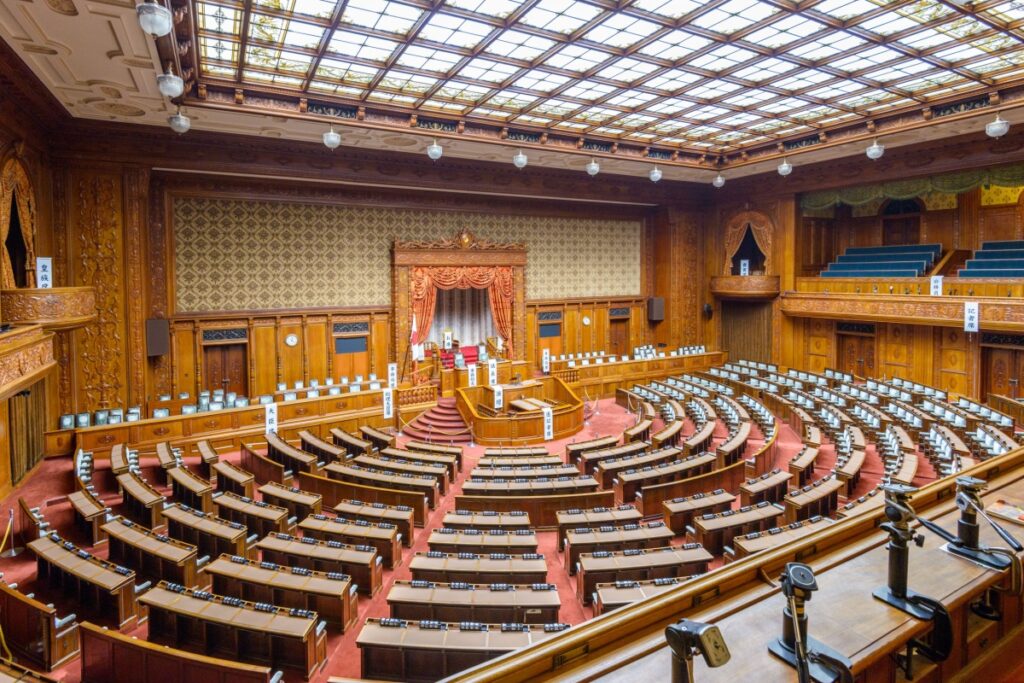On October 21, 2025, Japan’s parliament elected Sanae Takaichi as the country’s first female prime minister, following her ascendancy to the leadership of the ruling Liberal Democratic Party (LDP) earlier this month.
Historic Vote in the Diet
Taikaichi won 237 votes in the lower House of Representatives, narrowly surpassing the majority threshold. Her predecessor, Shigeru Ishiba, stepped down earlier in the day after a brief tenure marked by electoral defeats for the LDP.
The election takes place amid mounting pressure on the party after it lost its longstanding coalition partner, Komeito, forcing the LDP into a new alliance with the right-wing Japan Innovation Party (Ishin). That combination remains just shy of a stable majority in the Diet.
Policy Orientation and Leadership Style
Takaichi, aged 64, steps into office as a devoted conservative with strong ties to former prime minister Shinzo Abe’s legacy and a self-declared admirer of former British Prime Minister Margaret Thatcher. Her agenda emphasises bolstering Japan’s economic growth through what she calls “crisis-management investment” in strategic sectors such as artificial intelligence, semiconductors, biotech and defence. On foreign affairs, she advocates a stronger security posture, revision of the pacifist constitution’s Article 9, and reinforced ties with the United States, particularly amid rising tensions with China.
Despite the historic nature of her election, analysts caution that her social-policy record remains markedly traditional. She has opposed same-sex marriage, maintained scepticism toward gender-equality reforms and rejected revisions to the Imperial Household Law allowing female succession. Some observers regard her appointment as symbolic rather than transformational for gender equality in Japan, which continues to rank low on measures of women’s political empowerment.
Political Environment and Challenges Ahead
Takaichi assumes office amid significant structural and economic challenges. Inflation remains elevated, the national debt persists at high levels and Japan’s long-term growth outlook remains weak. Markets are watching closely for her budgetary approach: excessive stimulus may unsettle investors, whereas overly cautious fiscal policy risks stalling growth.
Her coalition arrangement poses another hurdle. While the LDP and Ishin now control an estimated 351 seats in the Diet, Ishin has declined ministerial posts, raising concerns about the durability of the alliance. Takaichi’s cabinet will include only two women ministers, despite her earlier pledge to expand female representation.
Diplomatic priorities loom large as well. With a forthcoming meeting with U.S. President Donald Trump and participation in regional forums such as APEC, Japan’s foreign-policy alignment will be under scrutiny, particularly in regard to the Indo-Pacific security architecture and relations with China and South Korea.
Public Reaction and Outlook
In Tokyo, some expressed cautious optimism about the breakthrough in gender representation; but others questioned whether it signified real change. One Tokyo resident observed that “I really hope she serves for a long time […] and that the political stagnation we’ve been seeing finally starts to move.” Meanwhile, supporters of gender equality and LGBTQ+ rights highlighted the incongruity between the milestone of her election and her conservative policy stance.
As her tenure begins, Takaichi faces the dual task of steering Japan through economic, demographic and geopolitical headwinds, while establishing her credibility as a leader in a system where prime ministers frequently change, the country has seen rapid turnover at the top in recent years. Analysts say she must balance ideological commitments with pragmatic governance if she is to secure a more stable term.


